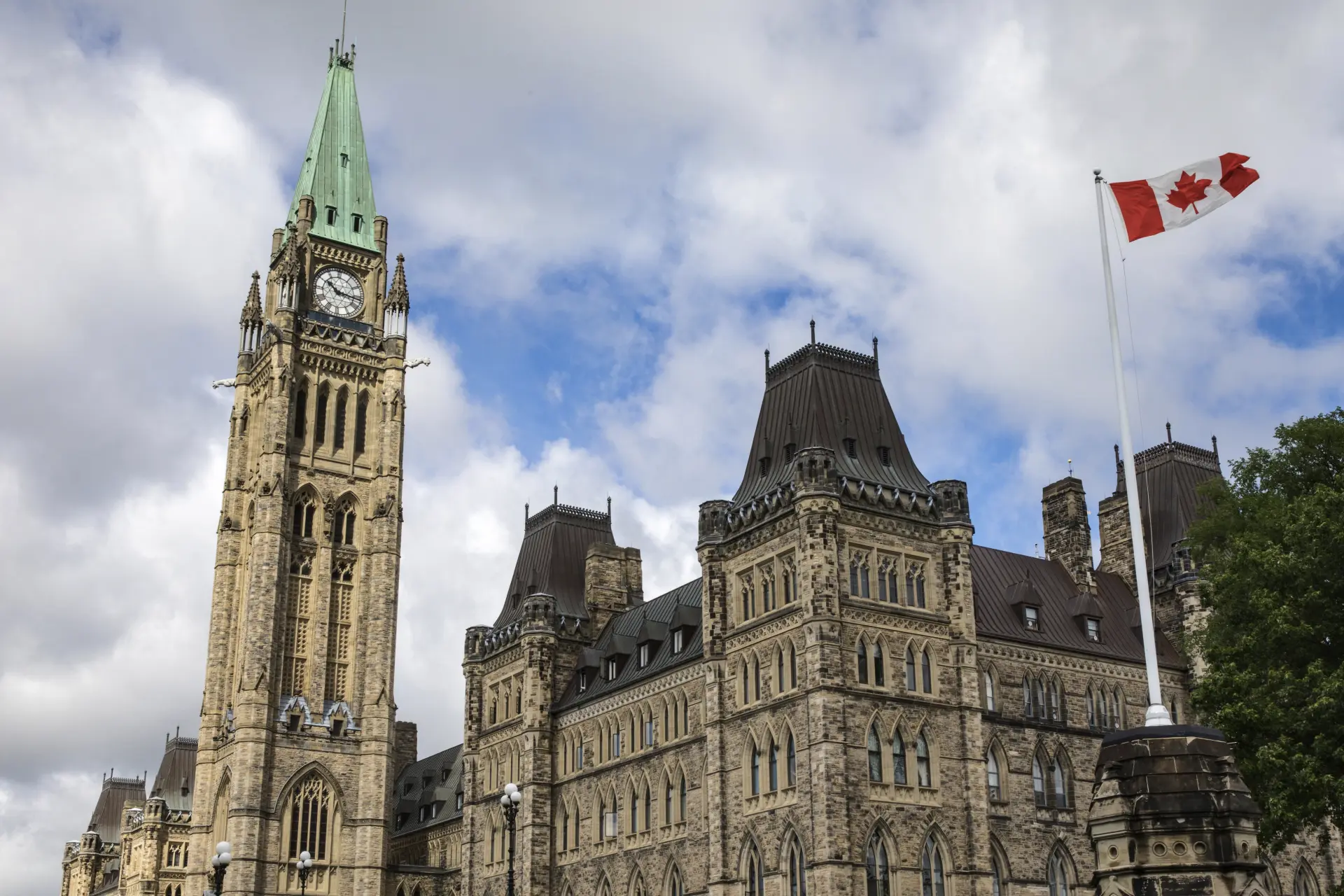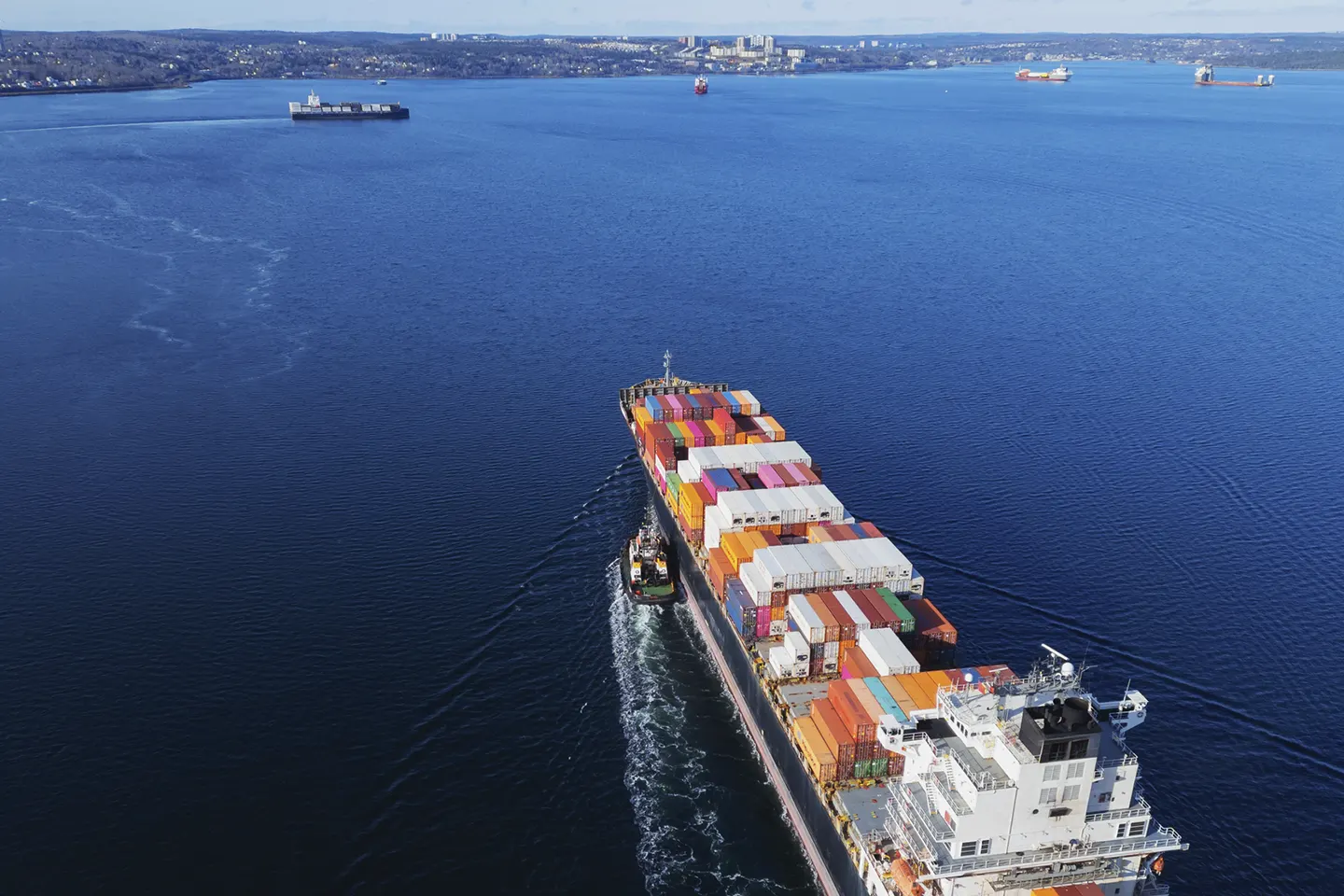What you need to know about the new NAFTA Agreement (USMCA)

Mere hours before a US-Mexico imposed deadline for ratification and after 13 months of intense, exhaustive and at times combative negotiations, Prime Minister Justin Trudeau announced shortly before midnight last evening the completion of the renegotiation of the North American Free Trade Agreement (NAFTA), now titled the United States-Mexico-Canada Agreement (USMCA) which covers $1.2 Trillion in annual trade.
Trudeau and Foreign Affairs Minister Chrystia Freeland along with Canada’s Ambassador to the United States David MacNaughton, lead negotiator Steve Verheul and Senior PMO officials were reported to have spent the greater part of the weekend in intensive last-minute discussions.
Talks in recent weeks had intensified following the United States and Mexico’s joint agreement in late August, with some fears that Canada would be left out of a new deal. Given the late-breaking nature of the deal last evening, analysis of the deal is ongoing, however, the headline items appeared as the retention of the Chapter 19 dispute clause and greater American access to the Canadian Dairy Market.
You can see the text of the agreement here. In addition, the U.S. has released reports from its outside advisory panels.
Also of note is that new Agreement has a lifespan of 16 years, whereas the old NAFTA had an indefinite time horizon. The U.S., Canada and Mexico will have to formally review the deal in six years’ time to determine whether to proactively extend its lifespan beyond the 16 years.
Process Ahead
The new agreement in principle still has a long way to go before it officially comes into force. There is still a 60-day period where the U.S. Congress conducts consultations and provides feedback before votes begin.
Below is the timeline ahead for a finalized deal:

Mexico’s Senate will be voting to ratify the agreement ahead of the swearing in of Andres Manuel Lopez Obrador and his new administration on December 1st. Mexico’s Economy Minister Ildefonso Guajardo Villarreal said today that they have already presented text of the preliminary deal to the Mexican Senate.
Ratification in Canada will require the creation and passage of a Government Bill through the House of Commons, its International Trade Committee, the Senate and then on to Royal Assent. Barring any major objections from the Official Opposition Conservative Party, the Bill in question will proceed quickly.
It is unlikely that the current U.S. Congress will vote on the USMCA. If Democrats take back the Housefollowing this year’s midterm elections, there is a possibility that they will oppose the Agreement in a partisan effort to stifle President Trump and the Republican Party. Throughout the renegotiations, however, many Democrats at Federal and State levels voiced support for the trilateral deal.
Dairy Access and Supply Management
Canadian dairy was one of the central pieces to reaching a deal with the U.S., resulting in Canada providingconcessions on Canada’s supply management system. Sources have indicated that the Canadian government is prepared to offer compensation to dairy farmers hurt by the deal.
Under the agreement, Canada has agreed to eliminate its Class 6 and Class 7 milk categories and associated pricing schedules for skim milk, skim milk proteins and other components and ultrafiltered milk, within 6 months after the USMCA goes into force. Any new pricing or categories introduced by Canada must also be discussed with the U.S. in advance.
To add, there are now thresholds for total Canadian dairy exports. If exceeded, Canada must apply an export charge of CAD $0.54 per kilogram to global exports of these goods in excess of the thresholds.
Canada has also agreed to provide U.S. dairy farmers access to 3.5% of its approximately $16 billion annual domestic dairy market, which is slightly higher than the 3.25% access Canada has given up to TPP member countries. The additional market share for the Americans in today’s deal bumps global market access inthe Canadian Dairy sector to just shy of 18%.
Automotive
Auto manufacturing was one of the toughest issues in the NAFTA renegotiations. Initially, the U.S. wanted 50% U.S. content in every vehicle, and 85% regional content overall. The bulk of the agreement on automotive rules of origin was reached during the U.S.-Mexico bilateral negotiations. Below are the details:
• 75% of North American auto content must come from the NAFTA region, up from 62.5% under the old NAFTA.
• 40 to 45% of content must be made by workers earning at least US$16 per hour.
Canada and Mexico will also be bound by a quota system and new auto-content rules: any auto exports that exceed the quota and fail to meet the new rules will be subject to tariffs. However, since Canada’s quota is higher than what it currently produces, it will theoretically be safe from future auto tariffs.
Dispute Resolution
Canada fought hard to maintain the trade dispute settlement mechanism (Chapter 19) in an effort to protect its lumber industry and other sectors from U.S. anti-dumping tariffs.
The outcome from this weekend is a win for Canada as no substantial changes were made to chapter 19 as well as the state-to-state dispute settlement (Chapter 20). However, the agreement does limit investor- state dispute settlement to preferential treatment cases and certain sectors dominated by state firms, such as energy and telecoms and infrastructure.
One change with respect to settling disputes is that corporations in Canada and the U.S. will no longer have the Chapter 11 mechanism to sue governments whose trade practices they think are unfair. Mexico will still have some Chapter 11 powers, but in a more limited form.
Tariffs
The fate of steel and aluminum tariffs imposed on Canada and Mexico remains to be seen. U.S. Commerce Secretary Wilbur Ross said the Agreement reached will not result in the removal of steel and aluminum tariffs and that there is no timeline for removing them.
For now, according to a Side Letter, the U.S. has agreed to refrain from imposing Section 232 tariffs or import restrictions on Mexico and Canada for “at least 60 days after imposition of a measure,” allowing for negotiations for parties to negotiate an “appropriate” market-based outcome.
Energy
In a stark departure from NAFTA, Chapter 6, which was specific to Energy, has been eliminated. Though significant from a thematic standpoint, much of what a hypothetical new chapter would have contained was believed to be a series of non-binding affirmative statements and commitments on the importance of the energy sector in the trilateral relationship. Sussex understands that these statements will be forthcoming as a sidebar to the agreement in the coming weeks.
Energy in the USMCA now appears in Chapter 8 with regards to the Mexican petroleum industry. Chapter 13 regarding specific procurement agreements and most importantly energy products are now listed in the tables of Chapter 2 at 0% tariffs as they were in the previous agreement.
Environment
Two major components of the new Environmental Chapter are Article 24.3: Levels of Protection and Article 24.4 Enforcement of Environmental Laws respectively.
24.3 includes the provisions:
1. The Parties recognize the sovereign right of each Party to establish its own levels of domestic environmental protection and its own environmental priorities, and to establish, adopt or modify its environmental laws and policies accordingly.
2. Each Party shall strive to ensure that its environmental laws and policies provide for, and encourage, high levels of environmental protection and shall strive to continue to improve its respective levels of environmental protection.
This affirms jurisdictional sovereignty respecting domestic environmental regulations and that foreign investors cannot challenge the validity of those regimes and protections on a trade equity basis within the markets of these three countries.
24.4 provides an agreement that the three nations shall not tailor the applicability of their environmental laws or enforcement so as to lure potential investment by offering facility-specific exemptions:
No Party shall fail to effectively enforce its environmental laws through a sustained or recurring course of action or inaction in a manner affecting trade or investment between the Parties,4 after the date of entry into force of this Agreement.
Both of these sections were touted by Freeland and Environment and Climate Change Minister Catherine McKenna as crucial to Canada during the negotiations.
Non-Market Country FTA
For the past year, Canada has attempted to alternate trade channels with new markets should renegotiation with the U.S. have faltered. Interestingly, section 32.10 of the USMCA imposes strict reporting requirements for new trade deals with which the trilateral partners have no pre-existing relationship. A three-month notice must be given ahead of commencing any such trade talks and should they prove successful, submission of the full text must be made available to the other partners no later than 30 days after signature. The other two partners then reserve the right to terminate the USMCA with six months’ notice and pursue bilateral deals together. This allows intensive scrutiny for the partners over any deal the others may try to make with markets such as China or India in the future.
De Minimis
Imports under $150 won’t be subject to customs duties, up from the current $20, and items under $40 will be exempt from sales taxes. Americans who buy Canadian or Mexican goods will see their limit decrease from US$800 to US$100. De Minimis has been a contentious issue domestically during negotiations with Big Box Chains and Commercial Retailers seeking to maintain the status quo and online retailers such as Amazon and eBay seeking a higher limit of $200 or higher.
Remarks Today
Speaking to reporters in the Rose Garden at the White House this morning, U.S. President Donald Trumpcalled the previous agreement “one of the worst deals of all time” that had cost 4 million American jobs and 25% of jobs in the automotive sector. He touted with the agreement’s passage in Congress it will be“the most modern, up to date and greatest trade deal in our history”.
Trump also touted the new agricultural market access and closing of loopholes on the automotive sectorthat would lead to increased domestic production and become a “manufacturing powerhouse.” He statedhis intention to sign and submit the agreement by the end of November but speculated the Democratic Party may stall it in opposition to his presidency. Though, later during the Q&A, Trump clarified he believes it will pass.
President Trump also stated that the Canadian and Mexican tariffs on steel and aluminum on would remain in place for the time being, but further use would not be necessary. USTR Lighthizer then clarified that negotiations on this subject were underway and continuing.
Asked if his tensions with Prime Minister Trudeau had held up the deal he stated that “Trudeau is aprofessional and I’m a professional” and cited a “great relationship” between the two and that the tension had ended “around 12:00 am last night.”
Speaking in follow up, US Trade Representative Robert Lighthizer cited the 1.2 Trillion-dollar agreementas “the biggest deal in history” and would secure the United States economic advantage for the 21st century.
Outgoing Mexican Economy Minister Ildefonso Guajardo in an interview with Televisa this morning stated that the formal agreement could be signed next month at the G20 meetings in Buenos Aires, Argentina, and that the goal of the Mexican government would be pushing for the removal of tariffs by the Trump administration within the next two months. Guajardo also spoke of an hour and a half discussion he had with Minister Freeland over the weekend as crucial to the eventual breakthroughs that led to the agreement.
Conclusion
Despite the lengthy 14-month negotiating process and with the exception of elements highlighted above, the USMCA largely retains the spirit of the original NAFTA agreement with certain new elements almost directly copied from the existing TPP agreement of which the United States pulled out from in early 2017.
We are continuing to monitor the reaction to the announcement of the new USMCA and the rollout of sidebars as well as timelines with regard to aluminum and steel tariffs and potential dairy sector compensation.
As always, the Sussex Federal Government Relations Team is happy to provide any additional information or clarification you require regarding the new USMCA Agreement.
For more information please contact:
Brett James – Principal, bjames@sussex-strategy.com , 416-961-6611 ext. 107
Devin McCarthy – Vice President, dmccarthy@sussex-strategy.com, 613-691-0319 ext. 3450
Hugues Théorêt – Senior Associate, htheoret@sussex-strategy.com, 343-542-4788
Morva Rohani – Policy and Research Lead, mrohani@sussex-strategy.com, 416-961-6611 ext. 106
Liam Daly – Associate, ldaly@sussex-strategy.com, 613-691-0319 ex. 3451


